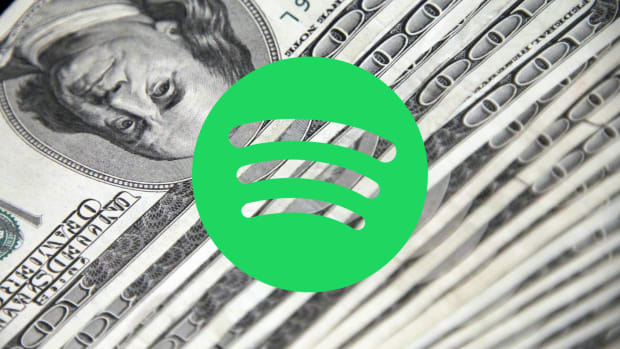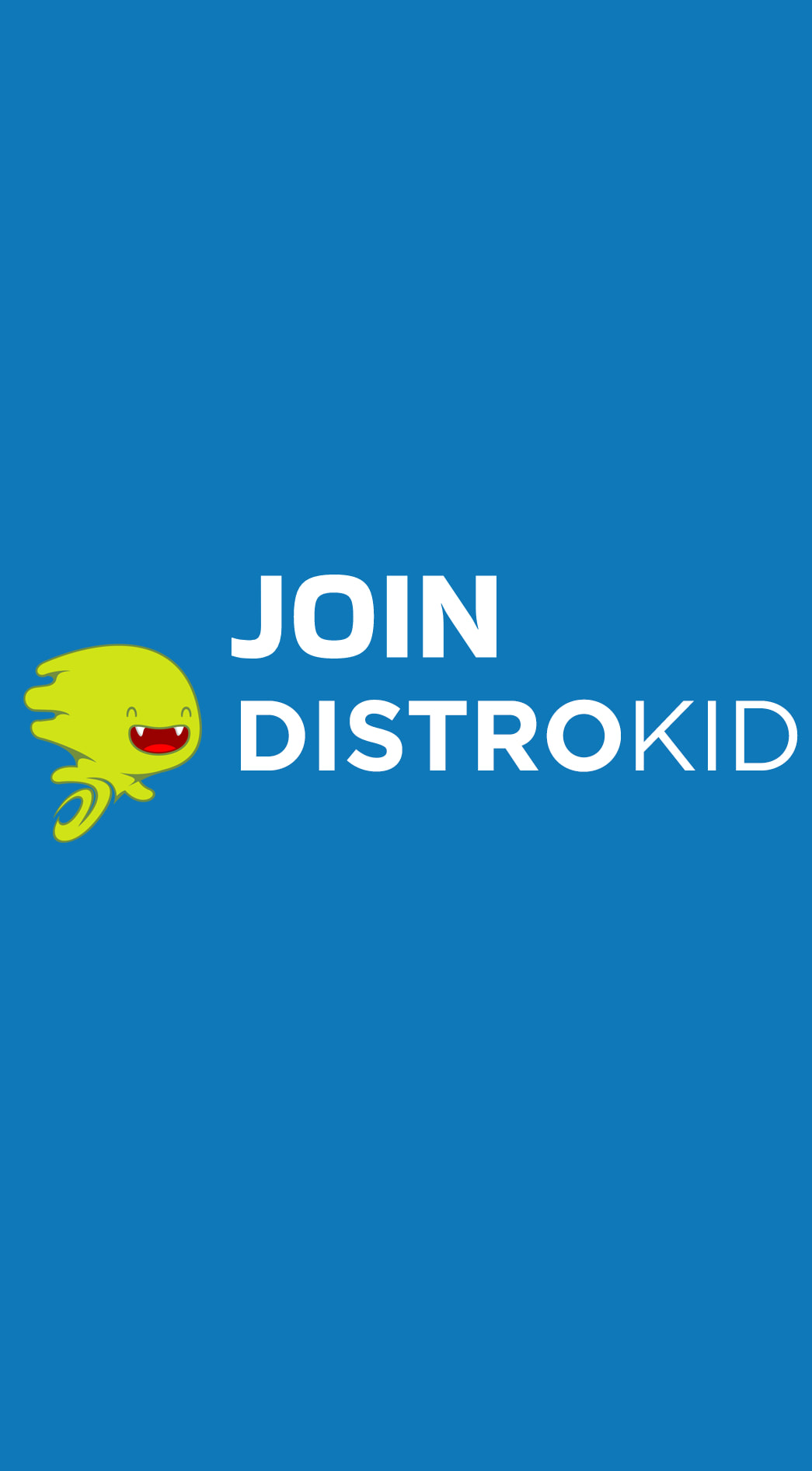Should You Pay For Spotify Playlist Placements?
Spotify is one of the most popular streaming services in the world, with millions of users globally. It has become a crucial platform for artists to share their music, reach new audiences, and generate revenue from streams. However, with millions of tracks available on the platform, it can be challenging for independent artists to get noticed. One solution that has gained popularity in recent years is paying for Spotify playlist placements. This article will explore the pros and cons of this practice and its impact on artists and the music industry.
What are Spotify Playlist Placements?
Spotify playlists are a curated selection of songs created by Spotify or third-party curators. They are designed to help listeners discover new music and enable artists to reach a broader audience. Playlist placements refer to the inclusion of a song on a popular playlist, which can increase the track's visibility and streams. Playlist placements can be organic, meaning a song is added to a playlist based on its popularity, or paid placements, where the artist or their representative pays a fee for the song to be added to a playlist.
Pros of Paying for Spotify Playlist Placements
1. Increased Exposure
One of the most significant benefits of paying for Spotify playlist placements is increased exposure. Getting your song added to a popular playlist can significantly increase the number of streams, which can lead to more fans and revenue. For independent artists with limited resources and marketing budgets, paid playlist placements can be a viable way to get their music in front of a wider audience. 2. Access to Larger Audiences Spotify has over 345 million monthly active users globally, and many of these users listen to playlists regularly. Getting your song added to a popular playlist can expose your music to a large and diverse audience that you may not have reached otherwise. This can help you gain new fans, increase your social media following, and boost your music career. 3. A Cost-Effective Marketing Strategy Compared to traditional advertising methods, paying for Spotify playlist placements can be a cost-effective way to promote your music. Many playlist curators offer packages at affordable rates, making it accessible to artists with a limited marketing budget. Additionally, playlist placements are more targeted than traditional advertising, as they are tailored to specific audiences interested in a particular genre or mood. 4. A Chance to Compete with Major Labels In the music industry, major labels have a significant advantage over independent artists due to their resources and marketing budgets. Paid playlist placements level the playing field, giving independent artists a chance to compete with major labels. If your song is added to a popular playlist, it can generate a considerable amount of streams and increase your visibility, regardless of whether you are signed to a major label or not. Cons of Paying for Spotify Playlist Placements
1. Ethical Concerns
Paying for playlist placements raises ethical concerns, as it can be seen as a way to buy success rather than earn it. In the past, some playlist curators have been accused of accepting payments in exchange for adding songs to their playlists, regardless of the quality or popularity of the track. This can create an uneven playing field and harm artists who cannot afford to pay for placements. It can also violate Spotify's Terms and Conditions 2. Lack of Transparency Another concern with paid playlist placements is the lack of transparency in the process. Spotify does not allow paid placements on their official playlists, but some third-party curators may accept payments in exchange for adding songs to their playlists. This can make it difficult for artists to know if their money is being spent effectively or if they are getting value for their investment. 3. Limited Impact While paid playlist placements can increase exposure and streams, they may not necessarily translate into long-term success. For example, if a song is added to a popular playlist but is not well-received by listeners, it may not generate additional streams or fans. Additionally, paid playlist placements may not necessarily lead to increased revenue for the artist. Spotify pays out a fraction of a penny per stream, and while an increase in streams can generate more revenue, it may not be significant enough to justify the cost of the paid placement. 4. The Risk of Ruining the Artist's Reputation If an artist's song is added to a playlist that is not relevant to their genre or style, it can harm their reputation and credibility. Additionally, if the playlist curator adds the song to the wrong playlist or adds it to a playlist with a small audience, it can harm the artist's chances of success. Therefore, it is crucial for artists to research and select the right playlists and curators to ensure that their investment pays off. Conclusion
Paying for Spotify playlist placements can be a viable way for independent artists to increase their exposure and reach new audiences. It can also level the playing field and give independent artists a chance to compete with major labels. However, the practice raises ethical concerns and lacks transparency, and the impact of paid placements may be limited. Ultimately, artists must weigh the pros and cons and carefully consider the playlists and curators they work with to ensure that their investment pays off. Regardless of whether an artist decides to pay for playlist placements or not, creating high-quality music and engaging with fans remains the most critical factor in building a successful music career on Spotify.
Related Articles
How To Get On Spotify Editorial Playlists
How to get your first 100,000 streams on Spotify 2023 Does Spotify Pay Their Artists Enough? Submithub vs Daily Playlists For Playlist Submissions How To Get Spotify Pre-Saves Using Facebook Ads 2023 How To Use Spotify Pre-Save Campaigns to Get More Streams 10 Best Ways To Increase Spotify Streams 2023 How LoFi Producers Can Use Instagram To Promote Their Spotify Music. How To Make Money From LoFi Music 2023 Should You Pay For Spotify Playlist Placements? Pros and Cons How To Grow Your Spotify Playlist 2023 How To Pitch To Spotify Editorial Playlists 2023 How The Spotify Algorithm Works In 2023 Latest Releases From Grizzly Beatz LLCComments are closed.
|
LoFi BlogLoFi MusicMusic MarketingMusic PromotionSpotify Growth TipsHello, I'm Grizzly Beatz and I am an American LoFi Music Producer from Los Angeles Ca. You can find all my music and playlists on Spotify.
When I am not producing music, or writing music related articles, I can usually be found exploring outdoors and national parks and spending time with my family. Popular PostsWhat is lofi Music
Selling Beats Online 2023 Akai MPC One Plus Review SP-404 MK2 Review How To Make Money From LoFi Music Best Studio Monitors Under $500 How The Spotify Algorithm Works 10 Ways To Increase Spotify Streams Why Distrokid Is The Best Categories
All
Archives
July 2024
On Sale On Sale LoFi/Chillhop Music Blog Post
$40.00
$20.00
Are you a LoFi music producer with high quality music looking for some music promotion and exposure? Submit your Spotify song or album to be promoted on our LoFi Hip Hop Blog. This is only for instrumentals, no vocals, and in the following genres: LoFi Hip Hop, Jazzhop, Chillhop. NO TRAP, NO R&B, NO POP, NO ROCK, NO COUNTRY Delivery: 3-5 days (sometimes sooner) Promoting your music via blogs is a great way to increase streams, followers and overall exposure to your Spotify. Having embeds on music blogs also sends positive signals to the Spotify Algorithms. |
LoFi Music Online
Releases
Royalty-Free LoFi Music
Merch
Demo Submissions
LoFi Playlists
Boom Bap
LoFi Blog
Collect Royalties
email: [email protected]
Mailing Address
590 CO-105, STE 289
Monument, Colorado 80132




 RSS Feed
RSS Feed
